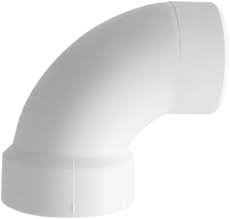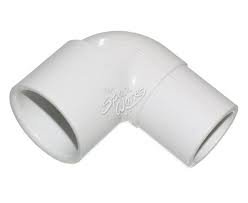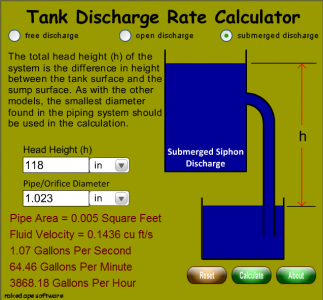uncleof6
Active member
Would it be smart to first buy my overflow box then base my holes of of the box placement & size?
It would be smart NOT to buy an overflow box, rather build your own that reflects the efficiency that is sorely lacking in manufactured OBs. Very long flat weirs, and intended specifically for systems as they are run today, not yesteryear. It is also wise to NOT fab the box till after the holes are punched, and bulkheads and elbows installed. This is so you don't end up with a box that is too short, or way taller than it needs to be.
Hole placement is as mmn described. It is important to keep clear whether the dimension you are using is to the hole edge or the hole center. I try to be consistant, but I have used both myself. Also, depending on the type of system you are building, some sets of measurements are going to be completely wrong.
Holes need to be 1 hole diameter down from the top edge of the glass, or the bottom of the trim lip on the inside of a rimmed tank (I have a drawing posted that illustrates this.) To hole center, that would be 1.5 hole diameters. The hole needs to be lower however for the bulkhead flange to clear the tank trim. mmn's 1/4" is fine (depending on the bulkhead.)
From hole to hole, there needs to be 1 hole diamter edge to edge, or 2 hole diameters, center to center.
For internal/external (which is more trouble than it is worth) it is all different. Following the above placement guidelines will likely get you into some trouble.
Last edited:





